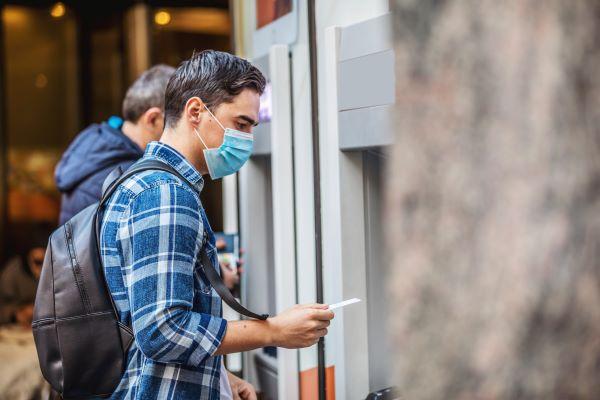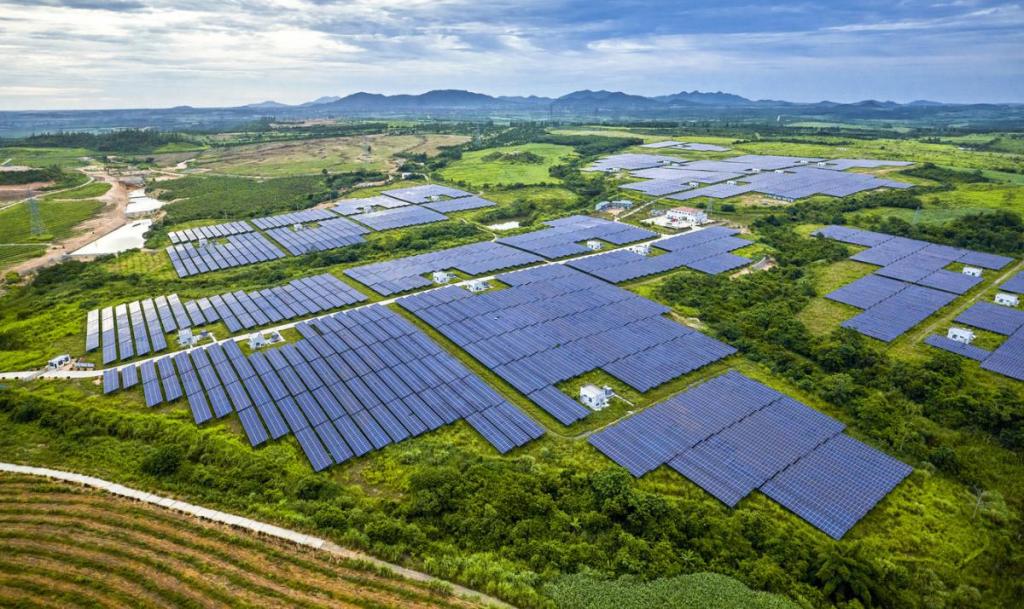Sustainability-Linked Bonds: A new way to finance COVID-19 stimulus
Sustainability-linked bonds can play an important role in allocating capital toward COVID-19-related relief or recovery measures.
With infection rates still stubbornly high in many countries, it has become clear that mitigating the economic impact of COVID-19 will require ambitious stimulus measures and spending. This is where COVID-19 bonds have a vital role to play, given their ability to tap into international capital markets while taking advantage of the increasing popularity of sustainable investing. They can be the ideal financial instrument for investors seeking to allocate capital toward COVID-19-related relief or recovery measures.
While COVID-19 bonds can be issued by both corporate and sovereign, supranational and agency (SSA) issuers, 90% of the issuance as of April 28, 2020, fell into the latter category. However, the share of corporate issuers should increase over time and mirror the composition of social bond issuers, especially if the need for pandemic-related financing is drawn out due to a longer, U-shaped economic recovery. In 2019, 56% of social bond issuers were from the private sector, while the rest of the issuers were SSAs. If COVID-19 bonds indeed followed a similar pattern, the financing burden of COVID-19 measures would be better distributed across public and private issuers.

The COVID-19 bond issues to date have either been designed as (1) general-purpose bonds, as part of a wider COVID-19 response plan of the issuer, or (2) use-of-proceeds bonds financing specific COVID-19-related projects. The majority of social or sustainability bond issues fall in the second category and follow the relevant principles and guidelines of the International Capital Market Association (ICMA). Going forward, issuers should consider a third type of structure for their COVID-19 bond issuances: sustainability-linked bonds (SLBs), also known as key performance indicator (KPI-) linked bonds. They would be well-placed to channel financing into both prevention and post-COVID-19 recovery while putting incentives in place for issuers to ensure that pandemic-related health objectives are met.
Sustainability-Linked Bonds: An increasingly popular instrument
The ICMA defines SLBs as “any type of bond instrument for which the financial and/or structural characteristics can vary depending on whether the issuer achieves predefined Sustainability/ESG objectives” (p. 2). While SLB issuance has been limited to date, sustainability-linked loans experienced a 78% growth in 2019, with issuance worth USD 465 billion. SLBs are expected to build on the popularity of their loan counterparts and will benefit from the ICMA’s recently published Sustainability-Linked Bond Principles, which provides issuers with the necessary guidance to raise capital with this new sustainable debt instrument.
SLBs can be issued by any company or public entity and provide a strong incentive to issuers to deliver on their impact commitment, as their cost of financing is now linked to how well they perform on predetermined sustainability KPIs
SLBs are an especially interesting option for financing pandemic-related measures, as they can be issued by any company or public entity—unlike use-of-proceeds bonds, given the difficulty some issuers face in earmarking these funds for a limited set of eligible projects. In addition, SLBs provide a strong incentive to issuers to deliver on their impact commitment, as their cost of financing is now linked to how well they perform on the predetermined sustainability KPIs.
For example, Enel, the energy company, recently issued a 5-year SLB, where the coupon (i.e. the interest payment) would increase by 25 basis points if the installed renewable energy capacity does not achieve the bond’s sustainability performance target within a predetermined time frame. These SLBs can also go beyond coupons and can be linked to other bond characteristics, such as maturity.

Adapting to the COVID-19 Context: Setting meaningful KPIs
In the case of COVID-19 SLBs, the KPIs would depend on the type of issuer and the industry the issuer operates in. For example, for SSA issuers, the KPIs could involve the number of infections in the country within a specific time period or the number of intensive care units available. For corporate issuers, where remote work is not possible, KPIs could include the number of infections in the workforce compared to a predetermined baseline or compared to peers in the same industry.
Companies in the healthcare sector could set KPIs linked to the amount of preventive equipment or ventilators produced. KPIs that focus on the recovery, in case of a financial institution, for example, could involve the number of loans provided to small and medium-sized enterprises (SMEs) in the hardest-hit sectors, such as tourism. Recovery-related KPIs for SSA issuers could be the number of people applying for unemployment benefits or GDP growth.
Companies in the healthcare sector could set KPIs linked to the amount of preventive equipment or ventilators produced. KPIs that focus on the recovery of a financial institution could involve the number of loans provided to small and medium-sized enterprises (SMEs) in the hardest-hit sectors
The inherent challenge with SLBs is to set KPIs that are ambitious enough but, at the same time, achievable. To address this, issuers should work with sustainability experts to design KPIs that are material and meaningful. The issuer’s existing sustainability strategy could be a good starting point.
Another challenge is how to link sustainability performance to the bond’s coupon. Issuers should be careful when designing SLB structures with coupon step-downs. In this case, the issuer pays a lower coupon when KPIs are achieved. Portfolio managers have difficulty valuing step-down structures, and therefore they will be hesitant to integrate them into their fixed income portfolios. For this reason, all SLB issues to date have had coupon step-ups, where the issuer needs to pay a higher coupon if the KPIs are not met.
This does not mean that COVID-19 SLBs should replace general-purpose or use-of-proceeds bond structures, but rather that issuers should explore SLBs as an alternative approach to structuring COVID-19-related debt financing. The beauty of SLBs is that they can be issued by any entity with access to capital markets. Therefore, issuers have no excuse not to participate in financing COVID-19 measures now, should they wish to do so.
You might also be interested in
Financing Transport Projects: Why integrating externalities matters for decision making
This briefing paper analyzes the importance of integrating externalities into financial analysis to improve decision making for infrastructure transport projects.
A Sustainable Asset Valuation of the FAME II policy in India
This report presents the economic valuation of the second phase of the Faster Adoption and Manufacturing of Electric (& Hybrid) Vehicles (FAME II) policy in India and demonstrates its economic, social, and environmental outcomes under different scenarios.
Will International Carbon Markets Finally Deliver?
Can the public international carbon market—detailed in Article 6 of the Paris Agreement—finally deliver for climate and nature?
Canada can get its banks out of fossil fuels before it's too late, and here's how
Climate change puts Canada's financial system at risk. By acting now, the government can send a clear signal to banks and investors about the future of finance in a changing climate.
